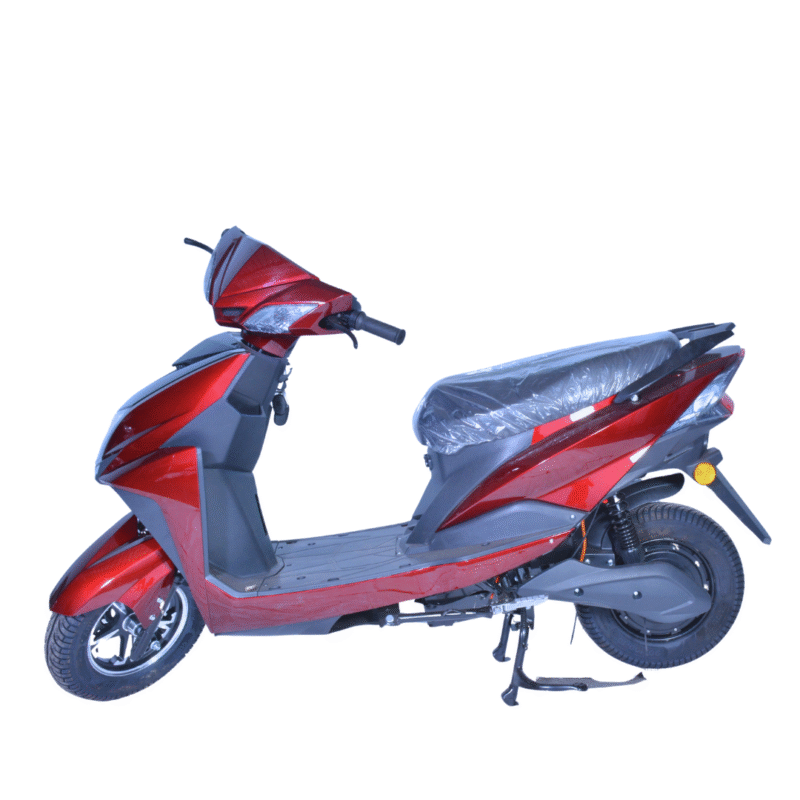Understanding Battery Life & Charging for Electric Scooters
INTRODUCTION

Sri Hari Automobiles Electric scooters have become a popular mode of urban transportation, offering a clean, convenient, and cost-effective way to travel short distances. At the heart of every electric scooter lies the EV battery, which powers the motor and directly influences performance, range, and overall user satisfaction. Understanding how EV batteries work, how long they last, and how to charge them properly is essential for maximizing the life and efficiency of your electric ride.
Importance of Battery in Scooter Performance
The EV battery plays a critical role in determining how far and how fast your electric scooter can go. Typically made from lithium-ion or lead-acid cells, EV batteries vary in capacity (measured in Ah or Wh), voltage, and quality. A higher-capacity battery allows you to travel longer distances on a single charge. However, battery performance is also affected by rider weight, terrain, temperature, and speed. When choosing an electric scooter, understanding the battery specifications will help you pick a model that aligns with your daily commute needs.
EV Battery Life Span & Factors That Affect It
One of the most commonly asked questions is: How long does an EV battery last? On average, a good-quality lithium-ion battery lasts between 500 to 1000 full charge cycles, which translates to around 2 to 4 years of regular use. However, the actual lifespan depends on several factors, including charging habits, temperature exposure, frequency of use, and overall battery maintenance. Overcharging or deep discharging the battery regularly can shorten its life. Storing your scooter in a cool, dry place and keeping the charge level between 20% and 80% can help preserve battery health for longer periods.
Smart Charging Practices for Battery Health
Proper charging habits are crucial for extending EV battery life. Always use the charger provided by the manufacturer and avoid using third-party alternatives, as incompatible chargers can damage the battery. Charge your scooter after each ride if the battery level is low, but avoid charging it to 100% every single time unless you plan a long ride. Similarly, don’t let the battery drain completely before recharging. Most electric scooters also have a battery management system (BMS) that helps prevent overcharging and overheating. Still, it’s good practice to unplug the charger once the battery is full and to avoid leaving the scooter on charge overnight unnecessarily.
Fast Charging vs. Regular Charging for EV Battery
While fast charging might seem convenient, especially when you’re in a hurry, it can strain the EV battery in the long run. Regular or slow charging is usually recommended for daily use, as it allows the battery cells to recharge more evenly, reducing heat buildup and internal wear. Fast charging generates more heat and may accelerate battery degradation over time. If your scooter supports fast charging, consider using it occasionally rather than relying on it every day.
Signs of EV Battery Degradation
Just like any rechargeable battery, an EV battery will lose capacity over time. Some common signs of degradation include reduced range, longer charging times, sudden power drops, or the battery draining quickly even on short rides. If you notice these signs consistently, it may be time to get your battery checked or replaced. Regular maintenance at an authorized service center can help detect battery health issues early and avoid costly repairs later.
Maintaining EV Battery for Long-Term Efficiency
To get the most out of your EV battery, follow a few basic maintenance tips. First, avoid exposing your electric scooter to extreme heat or cold, as temperature fluctuations can affect battery chemistry. Secondly, clean the scooter regularly but ensure water doesn’t enter the battery compartment. Finally, ride at moderate speeds and avoid sudden acceleration or braking, which can put additional load on the battery and motor.
Conclusion: Choosing a Scooter with a Reliable EV Battery
The EV battery is the most valuable component of your electric scooter, and understanding how it works helps you use your scooter more efficiently and economically. Whether you’re a daily commuter or an occasional rider, adopting the right charging habits, recognizing signs of wear, and ensuring timely maintenance will go a long way in keeping your scooter running smoothly for years. When purchasing a new electric scooter, always check the battery warranty, specifications, and charging options to ensure you’re making a wise and lasting investment.





